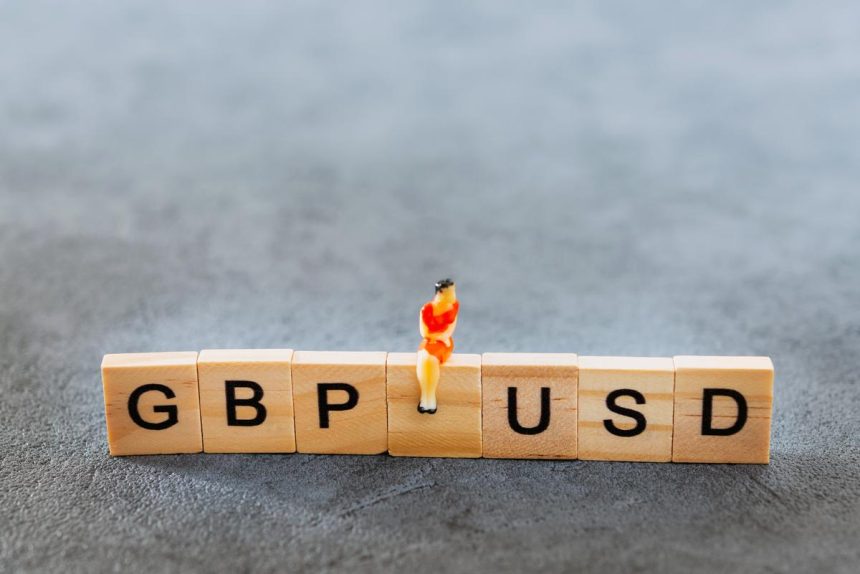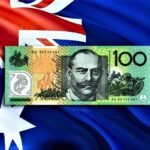Pound Sterling falls to 1.2530 as Investors become Cautious ahead of the Fed’s policy announcement.
In Tuesday’s London session, the pound sterling (GBP) fell from a two week high of 1.2570. But remained above the Psychological support level of 1.2500 against the US dollar. The GBPUSD pair is under pressure as Investors anticipate the US Federal Reserve’s (Fed) Monetary policy decision on Wednesday for further guidance.
Market predictions for UK interest rates will influence the pound sterling.
A data heavy week in the United States will keep the US Dollar on edge. On the opposite side of Across the Atlantic. The United Kingdom’s economic calendar is light. As a result, market speculation about the Bank of England’s (BoE) interest rate policy on May 9 will influence the Pound Sterling. The BoE is expected to preserve the status quo, with slightly dovish interest rate outlook.
BoE Governor Andrew Bailey is confident in a strong drop in headline inflation in April and believes market forecasts for two or three rate cuts this year are justified. Furthermore, BoE Deputy Governor Dave Ramsden has forecast that the risks of inflation continuing persistent have decreased. The BoE could provide more information about when it may begin lowering interest rates. Market participants remain divided between June and August meetings. From when the BoE could switch to interest rate decreases.
Daily Market movers: Pound Sterling declines, US Dollar recovers.
The Pound Sterling struggles to break above the immediate resistance of 1.2560 against the US Dollar. Market sentiment grows cautious as investors focus on the Federal Reserve’s interest rate decision. Which will be revealed on Wednesday. S&P 500 futures are lower in the European session, indicating a decrease in investors’ risk appetite. Investors will pay close attention to interest rate guidance, as policymakers are expected to vote to keep interest rates constant between 5.25% and 5.50%.
Inflation measures for March show that price pressures remain stubbornly high. Owing to strong consumer expenditure and tight labor market conditions. This would force. The Fed to back up the argument for maintaining interest rates higher for a longer term. Fed officials are expected to stick with their current monetary policy framework until they have adequate evidence that inflation will consistently return to the goal rate of 2%.
Investors will be watching the US Manufacturing PMI and labor market statistics.
The US Dollar Index (DXY) rises to around 106.00 on predictions that the Fed will continue its hawkish direction. Investors will be watching the ADP Employment Change and ISM Manufacturing Purchasing Managers Index (PMI) statistics for April before the Fed’s policy announcement. US private firms are expected to hire 179K job seekers, somewhat lower than the previous estimate of 184K.
The US ISM PMI is likely to remain above the 50.0 level that distinguishes expansion from contraction, but it will fall slightly to
50.1 from 50.3. Similarly, S&P Global’s April survey found that industrial data slipped below the 50.0 level. The agency reported a steep fall in output and new orders as a result of inflationary pressures, insufficient demand, and sufficient client stock stocks.
Later this week, the US Dollar will be guided by the April Nonfarm Payrolls (NFP) report. Which will be released on Friday.









